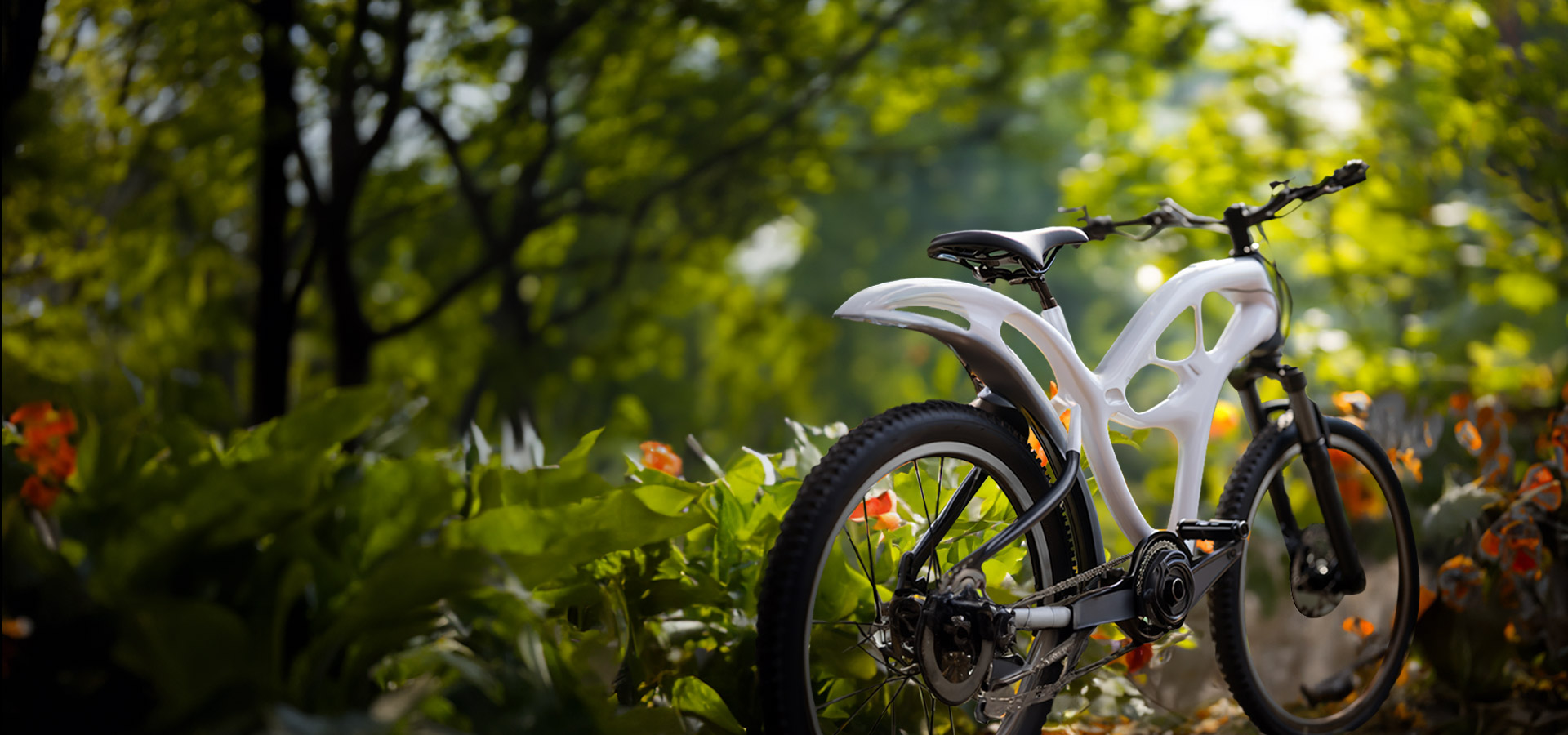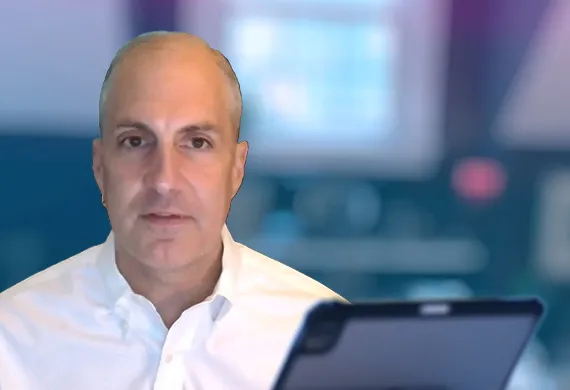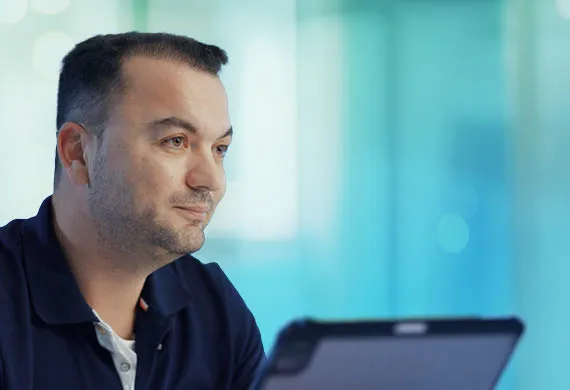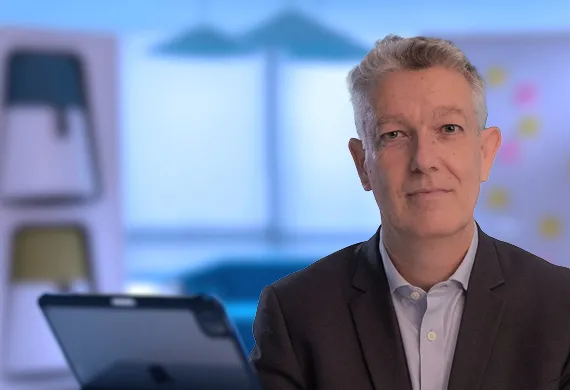Integrate Circularity into Product Design to Reduce Environmental Impact
Products designed for circularity are pivotal in shaping the environmental impact for generations to come.
Do you know the environmental impact of the products you make and consume?
According to The World Counts, around 2.12 billion tons of waste is dumped on the planet. E-waste alone accounts for 50 million metric tons of waste generated globally every year, as outlined by Statista. But as landfills run out of space and consumers call for more sustainable goods, companies are urged to consider a product’s environmental impact during its use and, eventually, its end of life. Every product we make and use should no longer be a commodity but a catalyst for change.
Environmental regulations like France's repairability index are paving the way for a durability index by 2024 to measure product longevity. Regulations like these call for products that are designed not only for functionality and aesthetics but also for repairability and durability. Why is this important? Designing products so they may be reused ensures materials stay in the loop for as long as possible while generating value for you and your customers.
Design for the Entire Product Lifecycle
Designing for all product lifecycle phases takes into account the environmental impact of a product, from the extraction of raw materials to its end-of-life. This approach requires a holistic view of the product lifecycle, which includes the following phases:
- Raw material extraction and processing
- Product design and development
- Manufacturing and production
- Distribution and logistics
- Use and maintenance
- End-of-life management
By optimizing product design for each phase, companies can reduce the environmental impact of their products and increase their circularity.
Incorporate Eco-Design Principles to Boost Sustainability
Based on research by UN Environment Programme (UNEP), decisions made during the design stage can influence a product’s environmental impact by up to 80%. Eco-design principles are at the core of a circular product lifecycle. By incorporating these principles into product design, you can extend the lifespan of your products and reduce the need for frequent replacements.
The virtual twin makes it easier to visualize how eco-design principles can be applied effectively. Imagine being able to test multiple what-if scenarios through a wide range of simulated settings, including drop tests and sustainable materials. All before execution in the real world.
Are you looking to quantify the environmental impact of your product? With a holistic view of the product lifecycle, you can perform life cycle assessments (LCA) to assess the product's environmental impact — from material selection, manufacturing, distribution, use, repair and maintenance, and disposal or recycling.
Interested to get to know our experts featured in the videos? Meet them here
Design for Repair and Disassembly
Imagine being able to simulate the dismantling process and identify ways to improve the recovery of valuable materials. Let’s look at smartphones. If you want to design a more repairable phone, simulation on the virtual twin helps you confirm that the screen can be taken out without causing any damage, simulate potentially harmful actions like removing a phone battery which if not handled properly, can cause a leak of toxic electrolytes. This is why designing for disassembly is fundamental to circular economy thinking.
With the virtual twin, you can rethink your product design from the ground up and encourage circular product design, ensuring that products are easy to assemble and disassemble. This promotes the recovery of valuable components and materials at the end of a product's life, reducing and recycling waste and conserving resources.
How One Industry Leader Is Decarbonizing Processes By Improving Part Reuse
By implementing circular economy practices empowered by Dassault Systèmes’ innovative solutions, a major equipment manufacturer was able to mitigate risks, decarbonize processes and successfully reduce scrap and waste.
Turn Circularity Thinking Into Action
In today’s take-make-waste world, the need for circular practices has never been more critical. To truly embrace the circular economy, you must consider the entire product lifecycle, from inception to disposal. This requires a fundamental shift in how products are designed, produced, used, and disposed. The role of sustainable product design is crucial, as it determines the environmental impact of a product throughout its lifecycle.
Opt for the right circularity strategy that prioritizes environmental impact and secures measurable results. With a holistic approach to product design, you’re not just making the circular economy achievable; you’re making it desirable. Together, let’s forge a path toward a circular world.
More Questions on Circular Product Design?
Other Circular Economy Pillars
Explore key pillars that are disrupting the conventional linear economy, eliminating value leakage and paving the way for a scalable, profitable and achievable circular economy transformation.
Prioritize Sustainable Materials
The choice of materials can significantly impact your product’s environmental footprint. Incorporate circularity into product development through durable, recyclable and biodegradable materials by design.
Reshape Value Networks
Ready to merge environmental protection with business operations? Move from linear to circular value networks to demonstrate that value creation and profitability are achievable within strong planetary boundaries.
Circular Solutions for Your Business Challenges
Take Definitive Steps Toward Circularity Success
Inspired by actionable strategies from Dassault Systèmes’ industry experts? Dive into our Circularity Insights Digest, your definitive guide to transform circularity goals into scalable, achievable and profitable outcomes.
Circularity in Action
At the core of the concept of circular economy lies the idea of circularity, where resources are kept in use for as long as possible. Real-world adoption of circular economy strategies demonstrates the tangible benefits of this approach. Embracing Dassault Systèmes’ 3DEXPERIENCE® platform allows organizations to reimagine their operations, aligning them with the principles of the circular economy. From design phase to lifecycle analysis, businesses can create products that contribute positively to the green economy while meeting consumer demand for sustainable solutions.






